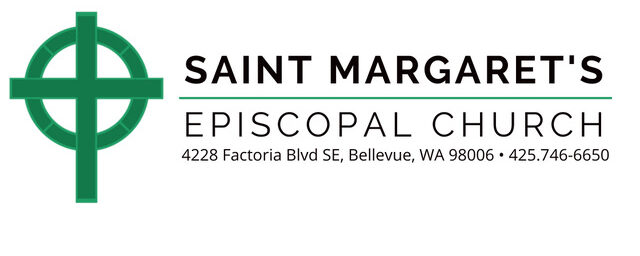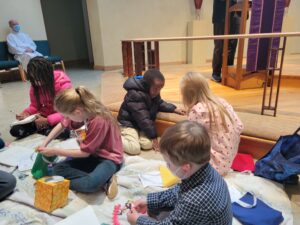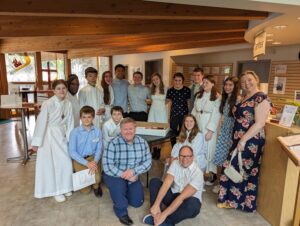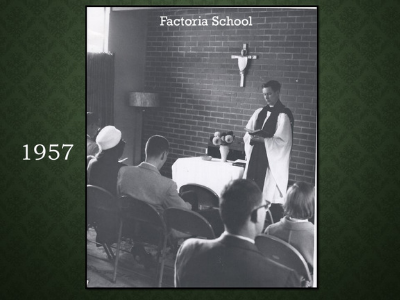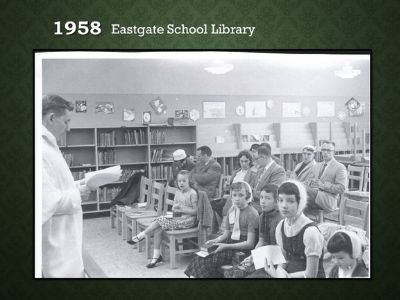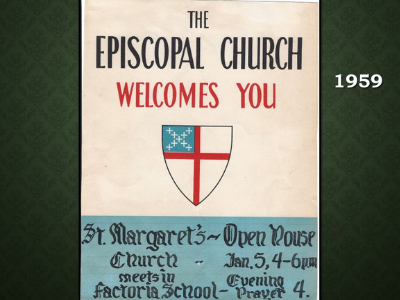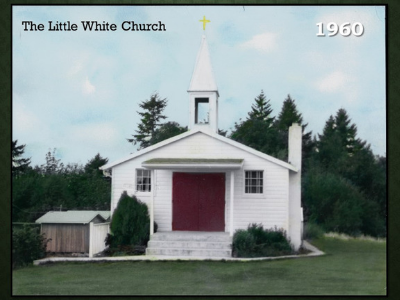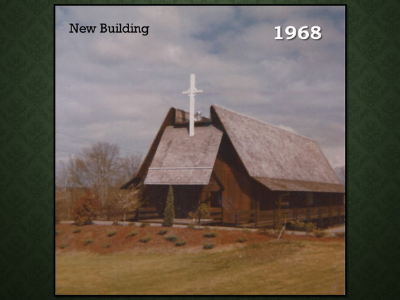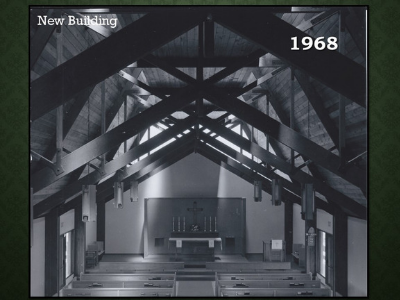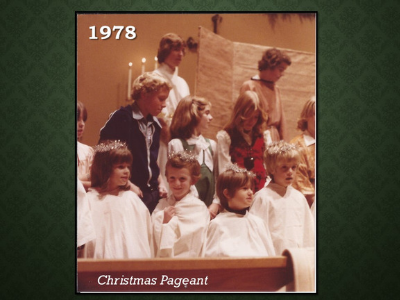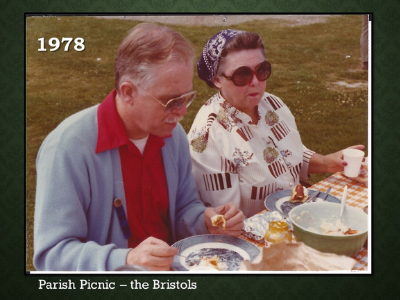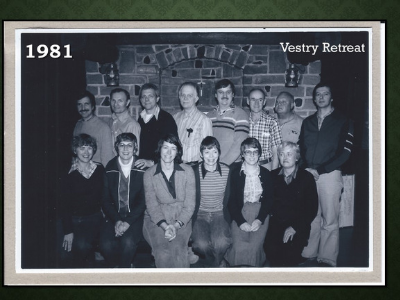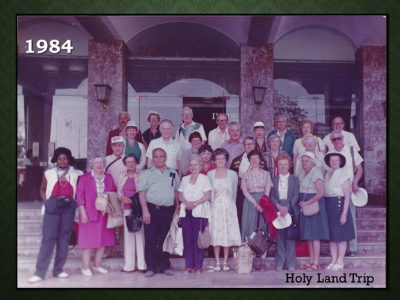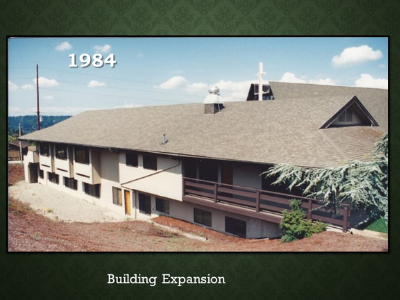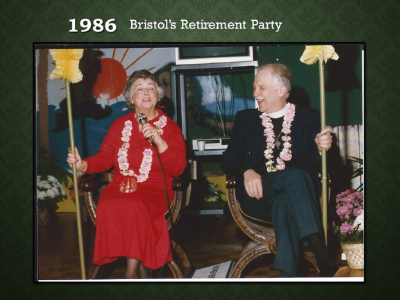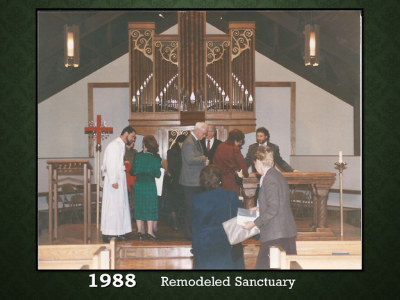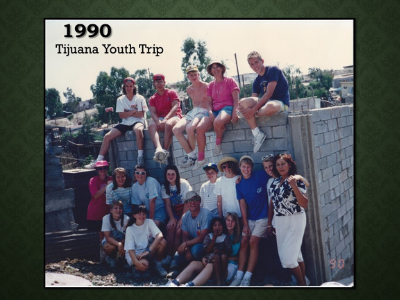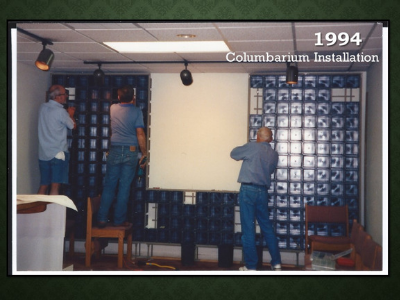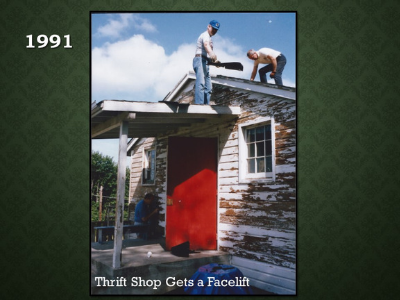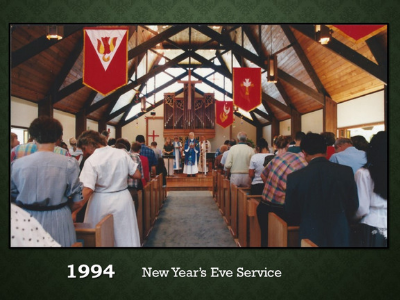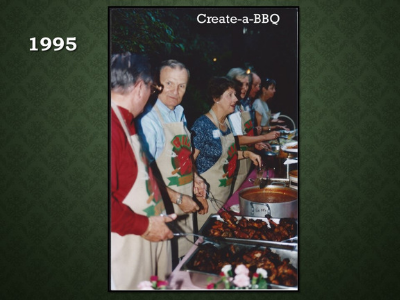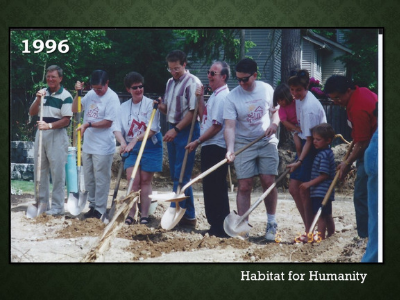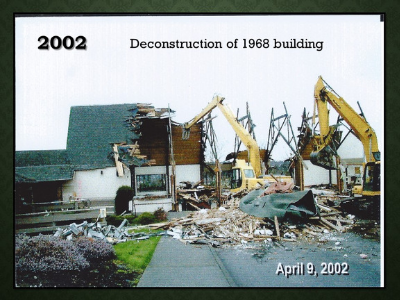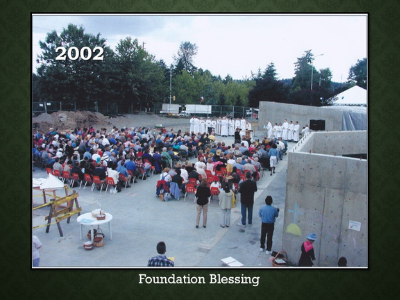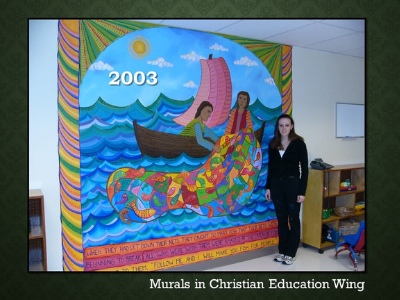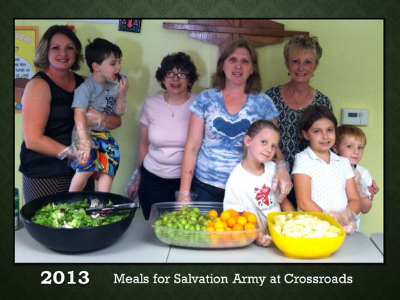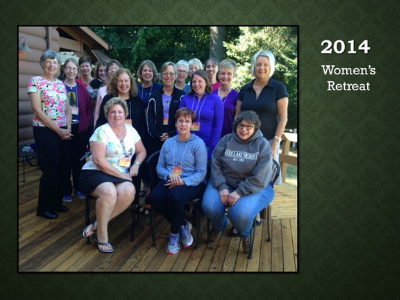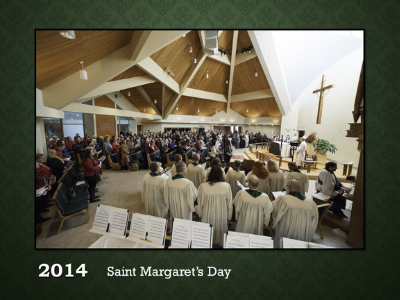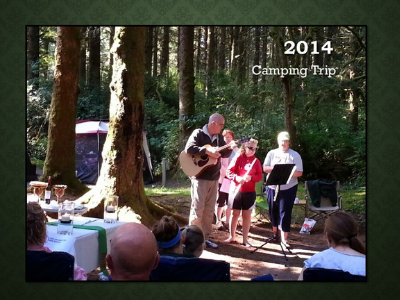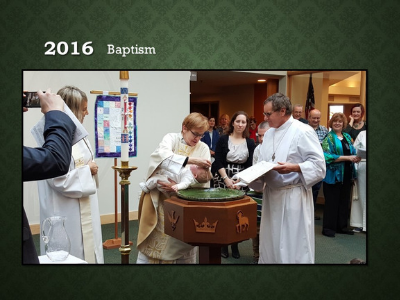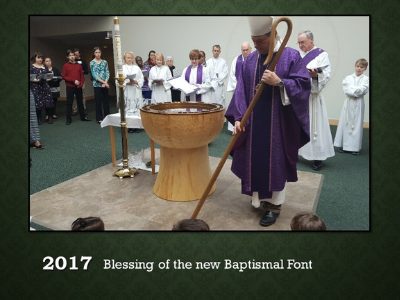Who are we anyway?
Saint Margaret’s Episcopal Church welcomes all to come as you are!
We follow Jesus’ own teaching that: “Whoever welcomes you, welcomes me.” Matthew 10:40
Serving Christ in Helping Others
All are welcome at St. Margaret’s, where you are likely to meet someone like yourself. Our members include Uber drivers, school teachers, city council persons and immigrants from West Africa to West Seattle. We are single, married, old, young, gay, straight, black, white and brown. What we all have in common is a commitment to loving and serving each other as Christ would.
Education and Spiritual Growth
We are intentional about creating diverse opportunities for learning, asking questions, and growth. We seek to provide an environment that encourages people to use their spiritual gifts in claiming their ministry and fulfilling their vocation.
Liturgical Worship
The liturgy is not something that the clergy do and the congregation watches. Liturgy is a Greek word that comes from the root words for “people” and “work,” so the Liturgy is “the work of the people.” The liturgy is something that we all do together.
Our worship and sacramental life are centered around the Book of Common Prayer. The Catechism (beginning on pg. 845 in the Book of Common Prayer) expresses our basic beliefs. (Book of Common Prayer).
Our History
A History of St. Margaret’s
The Very Beginning
St. Margaret’s began as a mission in August 1957 with the Rev. Charles Hunter as Vicar. The first services were held in the homes of the members. Once a month Father Bigliardi from Emmanuel, Mercer Island, officiated at the Holy Eucharis at St. Margaret’s. In April 1958, the congregation had grown so much that we had to find larger spaces. We met first in the Factoria School and later in the Eastgate School.
Our Own Building
We acquired the property on the corner of 128th Avenue Southeast and Newport Way and dedicated it on February 1, 1959. The congregation moved into a greenhouse, the only existing building on the property. In spite of repairs and painting, the greenhouse was obviously not adequate as a church building. “Old-timers” at St. Margaret’s remember young boys throwing pebbles at the windows during the church services. The congregation was still growing, and the building was too old and unsuitable for major renovation.
A New Building
St. Thomas, Medina had an old army building that was available. It wasn’t in much better shape than the greenhouse, but it was larger. In February 1960, the congregation held it’s first services in the “new” building. That March, Father Herbert C. McMurty assumed the duties of priest at St. Margaret’s. Father McMurty split his time between St. Margaret’s and the Church of the Resurrection in Lake Hills. Under his direction, the old army building was renovated and painted. In July 1961, the Rev. Paul E. Christensen, a newly ordained Deacon, was appointed to assist Father McMurty with both congregations.
Building a New Church
With the growth of the Eastside communities around St. Margaret’s, plans for a new church building were initiated. The Rev. Christensen became Vicar in March 1962, and remained four years. In June of 1966, Father Wallace Bristol came from St. Stephen’s in Longview. Father Bristol has been a friend to many for over thirty years. The brand new church building was dedicated in September of 1968. It is located on the opposite end of the property from the old army building that had been used as the church. This old building became home to the Thrift Shop. In the fall of 2000, construction began on a new Thrift Shop building. In May of 2001 the newly built shop reopened for business. Also known as “Thistles and Things,” this outreach arm of St. Margaret’s contributes greatly to the community.
Parish Status
St. Margaret’s attained Parish Status in 1976 and has continued to grow in number and spirit since that time.
More Expansion
Continued growth of the parish led to further expansion of the building. On March 19, 1984, the Right Reverend Robert Hume Cochrane dedicated and blessed the rooms of our expanded building. The expansion included new offices, library facilities, narthex, vesting sacristy, a commercially equipped kitchen and a Great Hall. Downstairs, the twenty-four-hour Mary Lawrence Chapel was opened, new classrooms and a choir room were included. In 1988, Father Stephen Gehrig assumed the duties of Rector at St. Margaret’s. A Columbarium was added to the Chapel in 1994. The Great Hall was later named Bristol Hall in honor of Wally & Betty Bristol on the occasion of their 50th wedding anniversary.
The Pipe Organ
The dream of purchasing a pipe organ to replace the existing electric organ began to become a reality in 1980, when a committee studied our needs, interviewed organ builders and gathered cost estimates. Since the design of an organ is closely tied to a building, plans were put on hold until details of the expansion to the building were finalized. In July, 1987 the Vestry approved the purchase and installation of a fine pipe organ. It was temporarily stored while the new building was constructed in 2001 to 2003. It is now relocated in the new sanctuary, where it continues to provide beautiful music for our enjoyment.
Our Patron Margaret, Queen of Scotland, 1093

Shakespeare made familiar the names of Macbeth, Macduff, Duncan and Malcolm; however, it is not always remembered that, in about 1070, Malcolm married an English princess, Margaret.
With considerable zeal, Margaret sought to change practices among the Scottish clergy which she considered to be old-fashioned and careless. She insisted that the observance of Lent, for example, was to begin on Ash Wednesday, rather than the following Monday, and that the Mass should be celebrated according to the accepted Roman rite of the Church, and not in barbarous form and language. The Lord’s Day was to be a day when, she said, “we apply ourselves only to prayers.” She argued vigorously, though not always with success, against the exaggerated sense of unworthiness that made many of the pious Scots unwilling to receive Communion regularly.
Margaret’s energies were not limited to reformation of formal Church practices. She encouraged the founding of schools, hospitals and orphanages, and used her influence with King Malcolm to help her improve the quality of life among the isolated Scottish clans. Together, Margaret and her husband rebuilt the monastery of Iona and founded Dunfermline Abbey, under the direction of Benedictine monks.
In addition to her zeal for Church and people, Margaret was a conscientious wife and mother of eight children. Malcolm, a strong-willed man, came to trust her judgment even in matters of State. She saw also to the spiritual welfare of her large household, providing servants with opportunity for regular worship and prayer.
